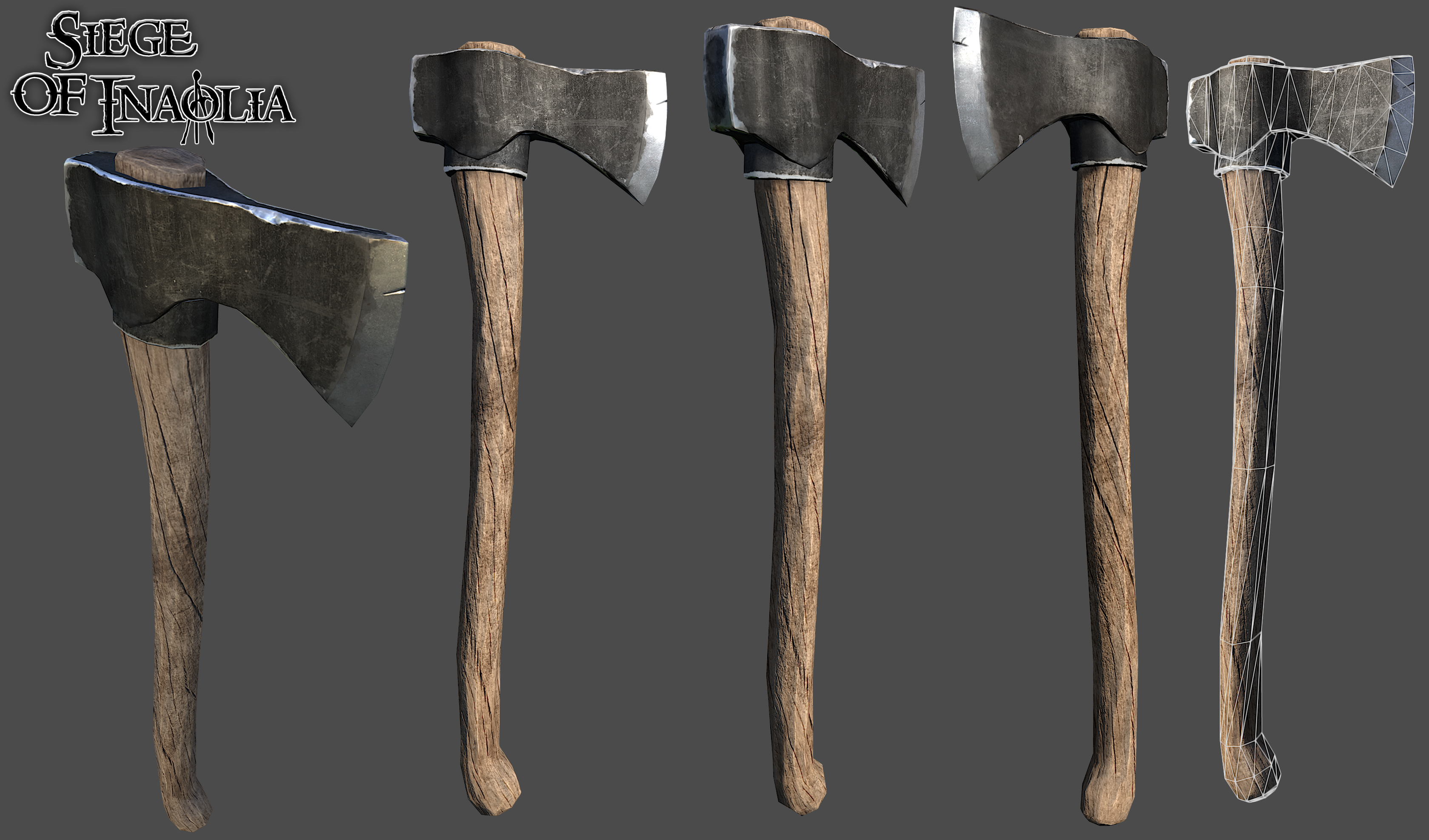When Apple released MacOS Majove in 2018, the minimum hardware requirements abandon lots of great hardware. While the hardware is still usable, macOS and Apple software cannot be updated to their current releases. That sucks.
Olympia is yet another impressive Linux-based mini PC which is a bit cheaper than some of the options mentioned above. It can come pre-installed with Elementary OS, Ubuntu 18.04 or Ubuntu 19.04. It offers an Intel 8th gen processor coupled with up to 16 GB of RAM.
This post outlines the process of moving a Mac Mini (mid-2011) to Linux.
Mac Mini
The Mac Mini I’m rescuing is a mid-2011 with i5-2415M, 2GB RAM and 500GB HDD, running macOS High Sierra (version 10.13). It’s dreadfully slow. The goal is to use this machine as a general purpose computer in a classroom for high school students.
In addition to changing the operating system from macOS to Linux, the RAM will be upgraded to 8MB and 550GB hard drive replaced with 128GB SSD.
- Walkthrough Linux on Mac mini 2018 internal NVMe The following instruction is for Archlinux (5.4.x linux-lts). But you can also install Ubuntu 20.04 LTS using debootstrap (the procedures are almost identical).
- From this point on, you should read 'Mac Mini' as 'G4 Mac Mini'. There is no further discussion of the Intel based Mac Minis on this page. Apple's first generation Mac Mini is something which a lot of Linux users have been waiting for: An inexpensive, readily available PowerPC system in a small, quiet and attractive chassis.
Steps
The overall steps:
- Order new hardware
- Upgrade RAM and Hard disk drive (HDD)
- Install Linux
Upgrade
I use Crucial’s website to help determine the parts I can upgrade. Using the model of the computer you’re working on, Crucial will show you the options for memory, hard drive, and SSD upgrades. I often buy the parts on Amazon.
For this upgrade, I used:
- Memory : Crucial – 8GB Kit (2x4GB) DDR3L – 1333 SODIMM ~$60 USD
- Solid State Drive (SSD) : Crucial – BX500 2.5 SSD 120GB ~$22 USD
Upgrading this Mac mini is straight-forward. It was built in the days when ‘upgrade-ability’ was built into the hardware design. Finding a YouTube video to guide you through the steps of taking the Mac Mini apart is very helpful. I used this video from MacSales.
The parts inside the Mac mini fit just right. The first time I did one of these upgrades, the SSD wasn’t aligned properly which prevented the wifi from fitting, and the screw holes did not align. Take your time and don’t force anything.
Installing Linux
I’ve been using Elementary OS for a few weeks, and I’m impressed. I appears to be a good distribution choice for someone coming from MAC. While my day-to-day distribution is currently Pop_OS!, I’m going to give Elementary a try with this upgrade.
Installing Linux is the same basic process for any distribution.
- Download .iso file from the distribution’s website.
- Create a bootable USB Drive with the .iso. There are utilities to do that with; I use Etcher.
- Boot the target computer from the USB Drive and follow the prompts.
Elementary OS has the details of these steps outlined on the installation page of their website.

Wifi

I expected to have issues with wifi. In my experience, when installing Linux on Macs from this era, wifi does not work out of the box. I was pleasantly surprised the Elementary install screen recognized the wifi card and connected to it, and downloaded the latest software update.. After the installation was complete and the computer rebooted, the wifi card was no longer recognized. I needed to install drivers. As in the past, running the following command from the terminal fixes the issue:
Up and running
This upgrade was simple and straight-forward. It’s a fun project for someone that has no experience with hardware upgrades or Linux.
Benchmarks

This is my first experience running any type of benchmark. I used GeekBench on the Mac Mini before and after the upgrade. I don’t have much insight into what these numbers mean; I expect to in the future. But my hands-on benchmark tells me this computer runs as fast as much newer hardware and is totally usable.
Before – MacOS w/2GB RAM and HDD
After – Elementary OS w/8GB RAM and SSD
Conclusion
The performance of this Mac Mini would have improved with only the hardware upgrades (without switching to Linux). But on Linux, the performance is really good.
A more important point is that Apple abandoned this Mac Mini. When Mojave was released in 2018, the minimum hardware requirements are:
Ubuntu On Mac Mini
- MacBook: Early 2015 or newer
- MacBook Air: Mid 2012 or newer
- MacBook Pro: 2012 or newer, Retina display not needed
- Mac Mini: Late 2012 or newer
- iMac: Late 2012 or newer
Install Linux On Mac Mini
Struck at High-Sierra, this computer would only receive security updates, moving forward. Many software applications cannot be updated either. After switching to Linux, this computer can run the latest operating system and applications available on Linux.
I did this upgrade for my friend, Chris. I look forward to see what experience he has in the classroom with Elementary OS.
Best Linux For Mac Mini
(It took me 3x longer to write this post than it did to save that Mac mini)